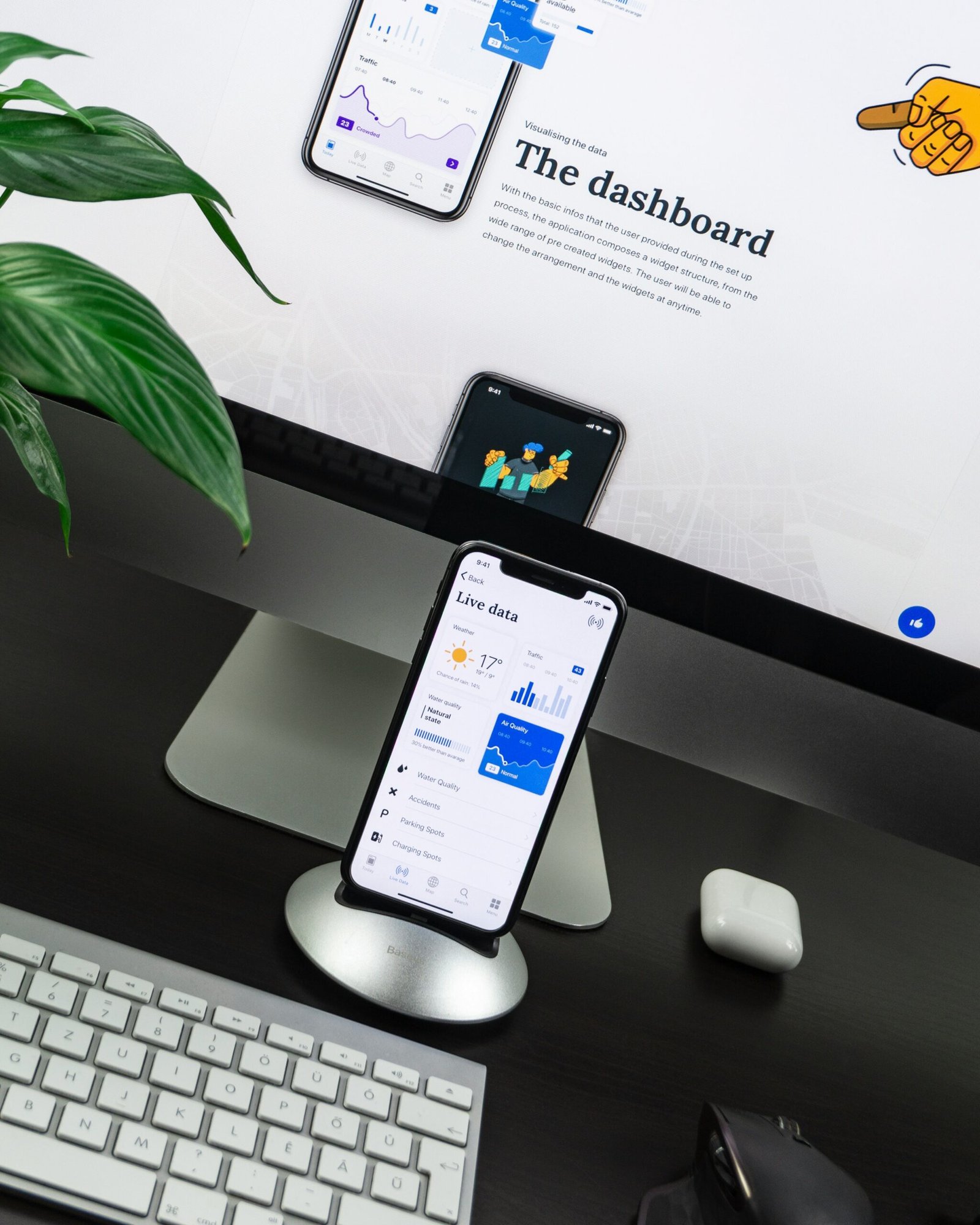
In the fast-paced world of mobile app development, user-centric design has emerged as a critical factor for success. A user-centric approach places the needs and experiences of users at the forefront, ensuring that the app not only meets functional requirements but also delivers an enjoyable experience. By focusing on usability, engagement, and accessibility, developers can create apps that resonate with their audience, leading to higher satisfaction and adoption rates. But what exactly does it mean to design with the user in mind? Let's explore some best practices that can transform your mobile app into a user favorite.
First and foremost, understanding your target audience is essential. Conduct thorough research to identify user demographics, preferences, and pain points. Utilizing surveys, interviews, and user testing can provide valuable insights that inform design decisions. Once you have a clear understanding of your users, you can tailor the app’s features and interface to address their specific needs. Remember, empathy is key; by putting yourself in the users' shoes, you can design an experience that feels intuitive and engaging. Prototyping and iterative testing are invaluable tools in this process, allowing you to gather feedback and refine the app before launch.
Another best practice is to prioritize simplicity and clarity in your design. Users appreciate a clean, uncluttered interface that allows them to navigate effortlessly. Implement intuitive navigation, use familiar icons, and ensure that key actions are easily accessible. Furthermore, consider the importance of responsiveness and performance; a slow-loading app can frustrate users and lead to abandonment. By optimizing loading times and ensuring smooth transitions, you enhance the overall user experience. In a competitive app market, prioritizing user-centric design practices not only boosts user satisfaction but also fosters loyalty, making your app stand out from the crowd.